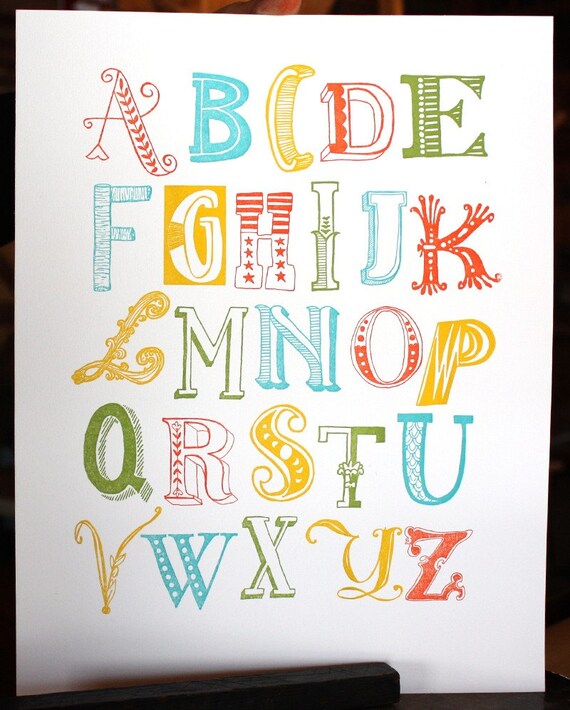I'm obsessed right now with pendant lamps made of wood veneers. Not only are they gorgeous, they're sustainable - they are designed for use with low-wattage LED and CFL lamps, the production of veneer is extremely resource-efficient (imagine putting a log into a pencil sharpener and using the shavings), and FSC-certified versions are widely available. Here are a few of my current favourites:
David Trubridge's stunning flat-pack bamboo ply Coral pendant. Via Design Within Reach.
Propellor Design's magnificent Meridian pendant, a Canadian design,
which is available in birch or walnut veneer or ecoresin. Via Remodelista.
Another Canadian design, Atelier Cocotte's Gladys pendant in birch veneer. Via Etsy.
Transfigure's Trinity suspension lamp in cork veneer. Via Etsy.
Flaco lamp by Casper Madsens. Via 79Ideas.
7Gods' Puku lamp, via 42 Concepts. Out of production but Tom Raffield makes a similar one.
Tom Raffield's gorgeous steam-bent veneer globes (Pendant No.1) make me weak-kneed.
Via Radiance and Tom Raffield.
Most of these beauties are in the $500+ range, which is not in the budget right now. However, I do have some prior experience in creating pendant lamps from scratch. So I'm planning to make something myself to replace the yawn over our dining table. The raw materials are affordable, although finding long veneer strips that haven't been backed with paper or glue is more challenging, and ideally I'd like to find a local, sustainable veneer source (I might even need to work with a local mill or woodturner to have something custom-made.). I figure, I want to try crossing the instructions for a string pendant lamp (I need a ball at least 28 inches in diameter for it to be the right scale for the room, by my calculations), with the instructions for the woven wood veneer lamp (also seen here), throw in some wood bending techniques, and see what the grain of the wood will allow me to do. Stay tuned.





















